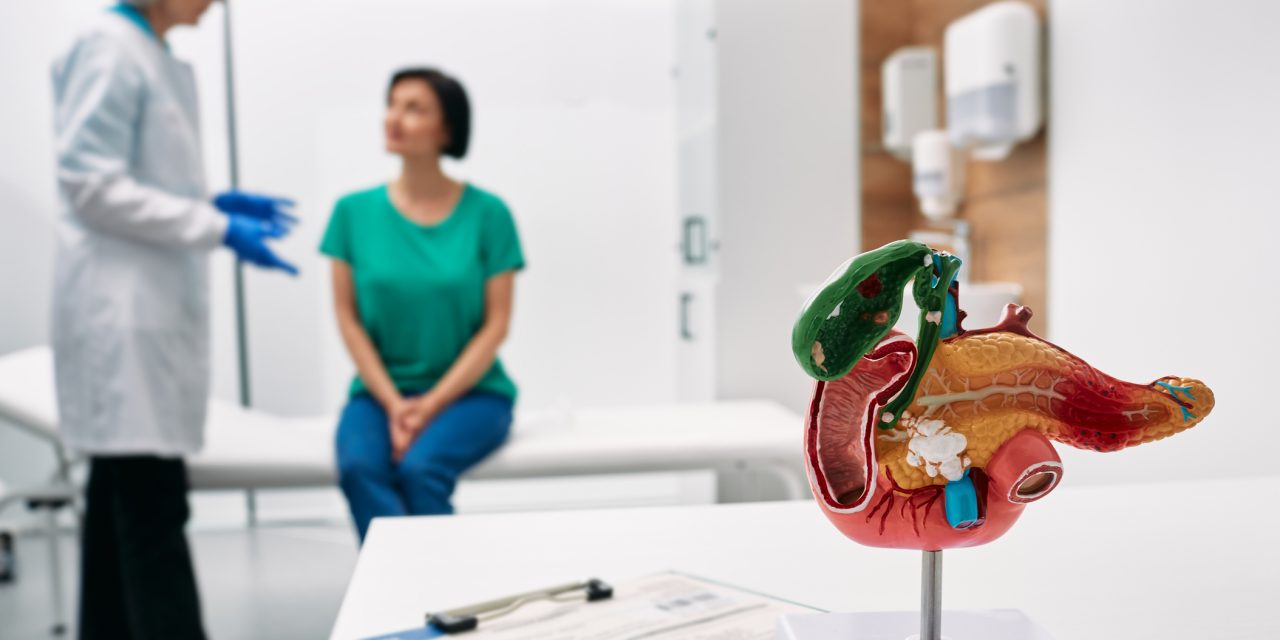Hydrogen sulfide (HS) is now recognized as an endogenous signaling gasotransmitter in mammals. It is produced by mammalian cells and tissues by various enzymes – predominantly cystathionine β-synthase (CBS), cystathionine γ-lyase (CSE) and 3-mercaptopyruvate sulfurtransferase (3-MST) – but part of the HS is produced by the intestinal microbiota (colonic HS-producing bacteria). Here we summarize the available information on the production and functional role of HS in the various cell types typically associated with innate immunity (neutrophils, macrophages, dendritic cells, natural killer cells, mast cells, basophils, eosinophils) and adaptive immunity (T and B lymphocytes) under normal conditions and as it relates to the development of various inflammatory and immune diseases. Special attention is paid to the physiological and the pathophysiological aspects of the oral cavity and the colon, where the immune cells and the parenchymal cells are exposed to a special “HS environment” due to bacterial HS production. HS has many cellular and molecular targets. Immune cells are “surrounded” by a “cloud” of HS, as a result of endogenous HS production and exogenous production from the surrounding parenchymal cells, which, in turn, importantly regulates their viability and function. Downregulation of endogenous HS producing enzymes in various diseases, or genetic defects in HS biosynthetic enzyme systems either lead to the development of spontaneous autoimmune disease or accelerate the onset and worsen the severity of various immune-mediated diseases (e.g. autoimmune rheumatoid arthritis or asthma). Low, regulated amounts of HS, when therapeutically delivered by small molecule donors, improve the function of various immune cells, and protect them against dysfunction induced by various noxious stimuli (e.g. reactive oxygen species or oxidized LDL). These effects of HS contribute to the maintenance of immune functions, can stimulate antimicrobial defenses and can exert anti-inflammatory therapeutic effects in various diseases.Copyright © 2020. Published by Elsevier Ltd.
Hydrogen sulfide: an endogenous regulator of the immune system.


